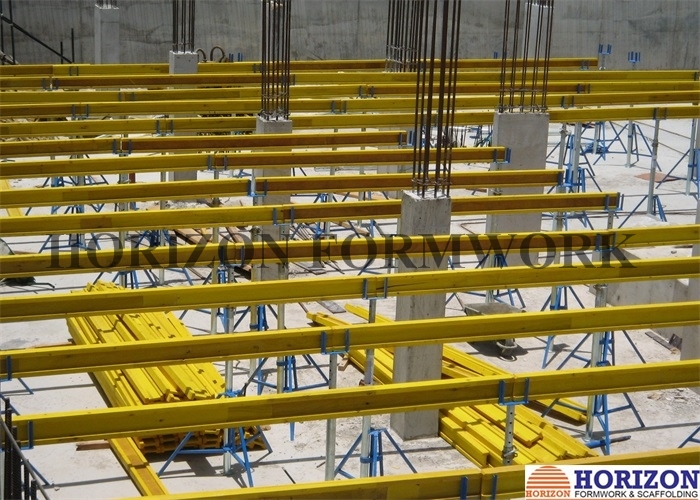Aug . 19, 2024 14:00 Back to list
Wood Formwork Solutions for Efficient Concrete Production in Factories
The Role of Wood Formwork in Concrete Factories
In the construction industry, efficiency and sustainability are paramount. One of the crucial aspects of concrete construction is the formwork used to shape and support structures during the curing process. Wood formwork has been a traditional choice for many concrete factories due to its numerous advantages. In this article, we will explore the significance of wood formwork, its benefits, and its evolving role in modern concrete production.
Understanding Wood Formwork
Wood formwork involves the use of wooden panels and frames to create molds that hold freshly poured concrete until it gains sufficient strength to support itself. This method has been favored for decades, primarily due to the natural properties of wood, which can easily be fabricated into various shapes and sizes. Moreover, wood is abundant, which makes it an economically viable option for many construction projects.
Advantages of Wood Formwork
1. Cost-Effectiveness One of the main advantages of wood formwork is its cost-effectiveness. Wooden panels are often less expensive to produce and install compared to their metal or plastic counterparts. This is particularly important for small to medium-sized construction projects, where budget constraints may be a significant concern.
2. Ease of Use Wood is relatively lightweight compared to other formwork materials, making it easier for workers to handle and assemble. Additionally, it can be cut and shaped on-site, allowing for greater flexibility and customization to meet specific design requirements.
3. Surface Finish Wooden formwork often provides a smoother finish on concrete surfaces. This is crucial for aesthetic purposes in architectural designs where the exposed concrete will be visible. The texture of the wood can also impart unique patterns to the finished concrete.
wood formwork concrete factories

4. Environmentally Friendly As a natural material, wood is biodegradable and sustainable when sourced from responsibly managed forests. This aligns with the growing emphasis on sustainable construction practices and environmental stewardship in the industry. Many concrete factories are now seeking to reduce their carbon footprint, and using wood formwork can be part of a larger strategy to achieve this.
5. Versatility Wood can be easily adjusted, allowing for quick changes in design or corrections during the construction process. This adaptability is crucial in projects where design modifications may occur late in the construction phase.
The Evolving Role of Wood Formwork
Despite its many advantages, wood formwork is not without its challenges. Issues such as durability and reusability have encouraged many concrete factories to explore alternative materials. However, advancements in wood treatment and preservation technologies have made wood formwork more resilient and capable of being reused multiple times.
Moreover, the trend towards modular construction is influencing the design of wood formwork systems. Prefabricated wooden formwork panels are being developed, enabling quicker assembly and disassembly on-site. This innovation not only reduces labor costs but also minimizes construction waste, aligning with sustainable building practices.
Conclusion
As concrete factories continue to evolve in the face of new technologies and environmental concerns, wood formwork remains a vital component of the construction process. Its cost-effectiveness, ease of use, and environmentally friendly nature make it an attractive option for many projects. While there is growing competition from alternative materials, the adaptability and unique benefits of wood ensure it will continue to play a significant role in concrete construction for years to come. As the industry moves forward, finding a balance between traditional methods and modern innovations will be key to shaping the future of formwork in concrete factories.
-
Ringlock Scaffolding: Strong, Safe & Efficient Solutions
NewsAug.27,2025
-
OEM Column Formwork: Circular, Curved & Inclined Solutions
NewsAug.26,2025
-
Premium Scaffolding Jacks: Stable, Adjustable & Durable
NewsAug.25,2025
-
OEM Wall Formwork & Shuttering: Flexible & Curved Solutions
NewsAug.24,2025
-
Adjustable Heavy Duty Props for Slab Formwork | Strong & Reliable Support
NewsAug.23,2025
-
Adjustable Heavy Duty Props for Slab Formwork - Strong & Safe Support
NewsAug.22,2025